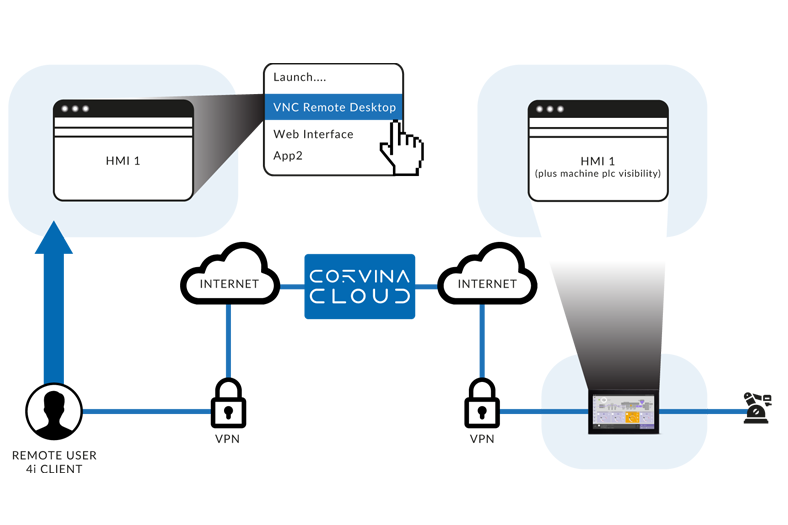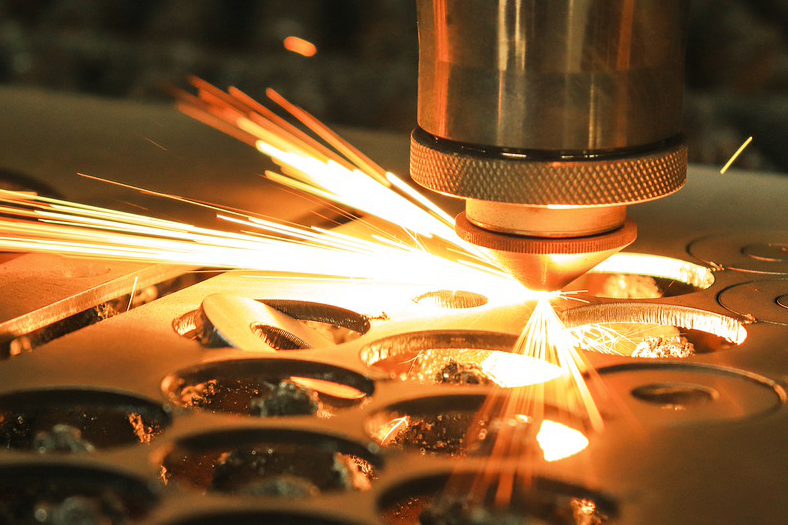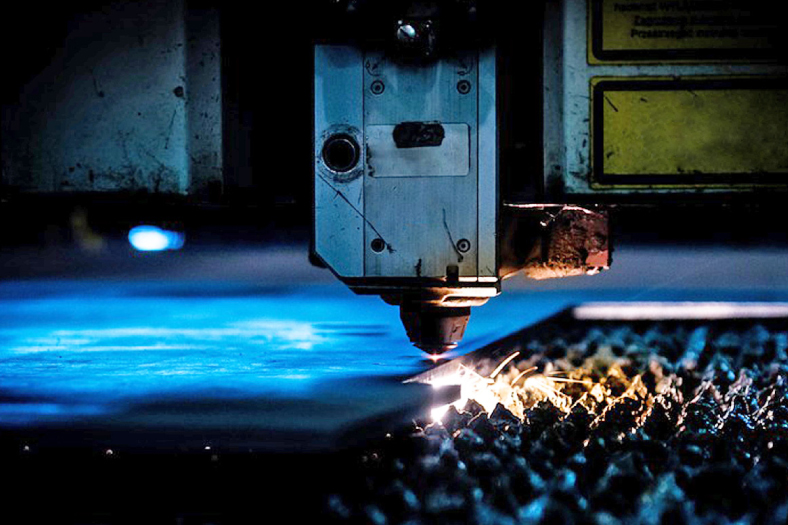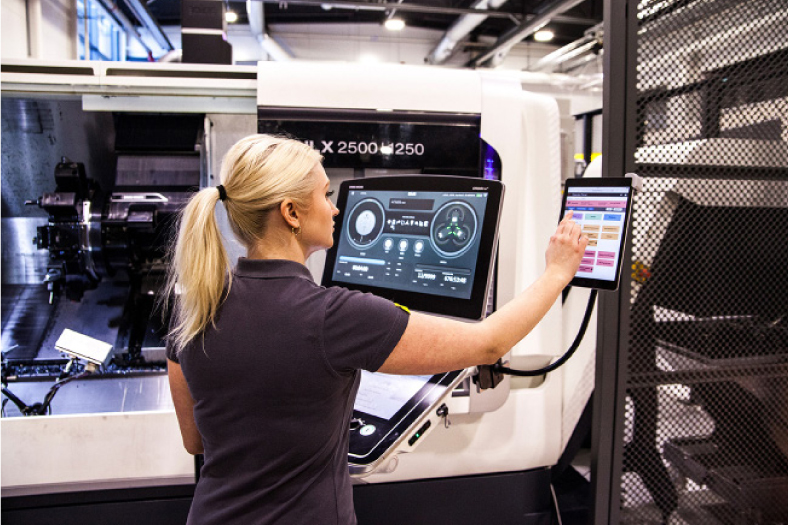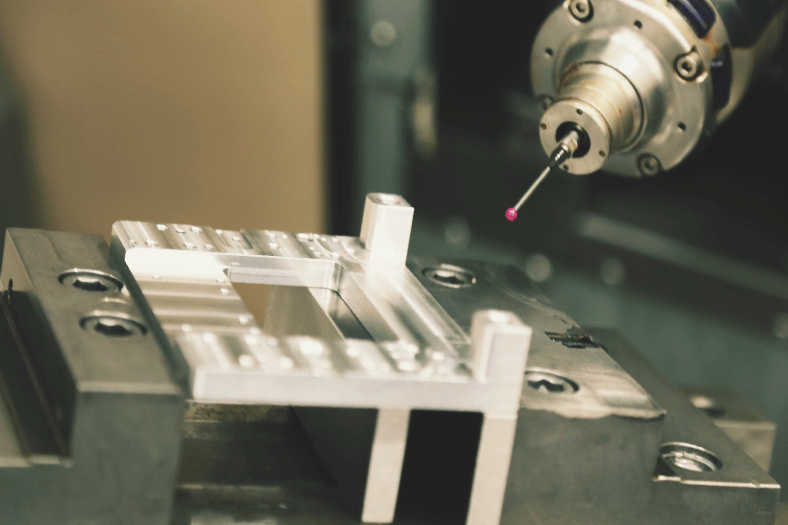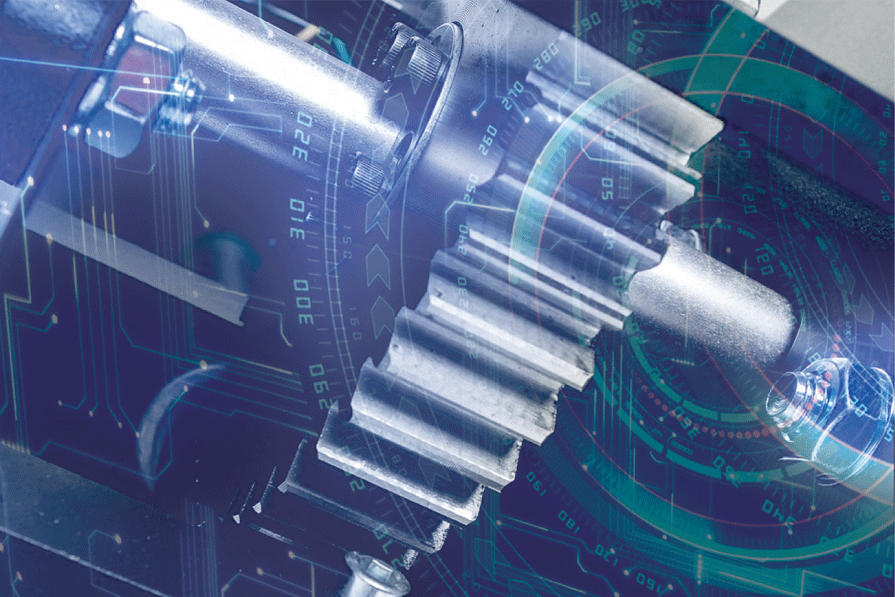Automotive automation For the best harmony between power and precision
October 16, 2019 10:59 am
Discussing the significance of automation in automotive industry, industry leaders explore the advantages of applied automation while maintaining the manpower so as to create deliver enhanced product every time.
Automation in Indian industries is the new trend. Adoption of sophisticated technologies is driving Indian industries towards a new high. Indiahas been testing several trends in the automotive industry. With intensifying demand in automotive industry, it’s imperative to have an uninterrupted supply.
Advanced automation technologies used in automotive industry
Right now, the advanced automation technology that is being used is supply chain automation. If you look at the history of automation in automotive sector, the first areas that got automated were the hazardous areas like painting, welding which again has largely to do with the reduction and taking out hazards, reducing number of people, at speed, which is fairly well settled now as most of the painting/welding has been largely automated. The second aspect of automation is line assembly and automation of assembly itself, where the product moves from station to station. On this note, Ramesh T K, CEO, Ace Micromatic Machine Tools Pvt. Ltd. says, “The work that needs to be done now is connectivity and data analytics; when I say data analytics, it is not from the market perspective, but from a managing perspective, rate ability or right from assembling and final dispatch; because they all come from safety aspect as this is the area where automation is happening towards its end. The area where automation still needs to work on is design perspective, as it is still a largely non-automated process in automotive industry.”
The entire automotive system has been divided into sub-systems where you have, transmission systems, cabin interiors, stylish dashboards and engine among others. These systems are completely independent and are easy to access.Discussing the mechanism, SharadhiBabu, CEO, AXISCADES highlight that automation in automotive industry plays a key role as the entire assembly line is completely automated where the tools and modularity of your vehicle parts are completely defined. Earlier, a car contained more than 30,000 parts which were tied to its model, which means it can’t be replaced with any other car. Today, every car is an individual entity having their own compatible parts; like engine has its own specification which can be assembled in other specified set of cars also. This allows us to use different versions of your parts into different vehicles.
The design and tools that control the designs must be modular,as it supports the entire functionality of a vehicle. When it comes to production, the T&M, ERP and the manufacturing operation management tools support the mix and match, which further facilitate in creating more variety of models very quickly. Babu further says, “With the mixture of modular tools and modular designs, we can obsolete the previous and existing car models quickly, whilst introducing the new car variants in minimum time frame. This further helps in rearranging the entire supply chain eco-system for smooth delivery of new orders. This is the need of the hour and the entire automotive industry is transforming with this scheme in its own way.”
Automation also allows us to a common assembly line for different models managed by various set of robots. The most important thing is to use a common assembly line for multiple models managed by different set of robots with least human intervention to ensure compatibility. The modular approach and common assembly line driven by set of tools and complete set of automation is helping the automotive industry to combat slowdown and the ensure growth.
Elaborating on the capabilities of automation, Sameer Gandhi, MD, Omron Automation, India feelsthatthe auto manufacturing sector is driven by varied KPIs like design and energy optimisation, finest asset utilisation, Big Data and analytics (connected supply chains and shop floors), worker and machine safety and zero-defect production, has shown good adoption rates for varied automation technologies falling under the ambit of Industry 4.0, IIoT, and robotics.
One of the notable applications amongst these is the total traceability solution. It renders the ability to trace and verify the history, location, or application of an item by means of documented recorded identification. Having a close interface with IIoT, this solution holds lot of significance for the automotive industry.
Another second important thing is to ensure that the created new age advantages of controlling the entire vehicle function like maintenance, fleet management of self- vehicles and human driven vehicles are managed digitally. “We are now from preventive maintenance to predictive maintenance. It’s similar to what we do for CNC machines in factories; predictive maintenance is now available for cars and aircrafts as these can be proven good case studies for predictive maintenance”, says Babu.
Length of projects: A prime concern
If you look at what is happening today, including the present slow down or the areas where there has been some slow down in the past; time to market is the area which is extremely important. According to Ramesh, “Growth is visible because of wide variety, the earlier pattern was to develop or standardisea car for one or two year, which can’t be accustomed today. Time to market new products is important for standardisation and automation of designs are required. This remains a challenge not just for India, but also for global industries.”
Whereas Babu says that today, modular cars are designed with highly advanced technologies that we don’t have to keep a stock of produced cars; instead we can produce them whenever required. Earlier, the models were produced and stocked for long time; whereas today the entire sub-systems and the entire ecosystem are readied in such a way that you don’t have to stock a car, you can produce the vehicle whenever required. The entire production is done in few weeks.
Apart from closely monitoring the details and timelines of the blueprint and the key milestones of the project, this concern could be managed well if the automation provider is an end-to-end solutions provider. Here, Gandhi highlights that OMRON works with customers as a complete end-to-end solutions provider, i.e. working as their automation partner right from the stage of conceptualisation to going live. All the in-between stages – feasibility studies to installation to execution to maintenance to after sales service – is taken care by one source rendering great control over timelines.
Eliminating human factor to improve precision manufacturing
One of the major advantage of automation is that it is very durable with variability which is not the case with humans. From western perspective, automation was the actual need, as they did not have enough manpower; but India has excess manpower, so automation should be applied in ways where manpower is not affected.
Discussing the significance of human factor, Ramesh feels that if everything is mechanised then what will people do and where will be the PPP offer be applied. He says, “Fom Indian perspective, we still have a large population that need manufacturers to do certain manual content which is the livelihood and which also increases the PPP of our country. Whether it is the automation or mass manufacturing industry, the process of eliminating people must be stopped. In fact, we should update our manpower into automation. Everybody from the world is coming to India with the expectation to grow. We need to support that.”
However, according to Babu, ”Precision in automotive industry is driven by tools where human intervention has to be low. Different level of precision applies to various equipment. I would say that automation is a requirement born out ofprecision and human fatigue point of view.”With automation liberating some tasks, humans obtain more scope and freedom to focus more on higher-level and creative tasks demanding more complex skills and for this a well-structured plan to evolve and upgrade their skill sets is also needed. Noting the same, Gandhi says, “Automation helps improve the precision and repeatability of a given task. But, the idea is to achieve the best harmony between humans and machines, between the power and precision of automation or robots and the problem-solving ability of humans to achieve greater productivity and achieve something which is beyond human capabilities.”
The area where automation still needs to work on is design perspective, as it is still a largely non-automated process in automotive industry.”
Ramesh T K, CEO, Ace Micromatic Machine Tools Pvt. Ltd.
Precision in automotive industry is driven by tools where human intervention has to be low.
Sharadhi Babu, Chief Executive Officer, AXISCADES
The idea of automation is to something which is beyond human capabilities
Sameer Gandhi, MD, Omron Automation, India
Cookie Consent
We use cookies to personalize your experience. By continuing to visit this website you agree to our Terms & Conditions, Privacy Policy and Cookie Policy.




